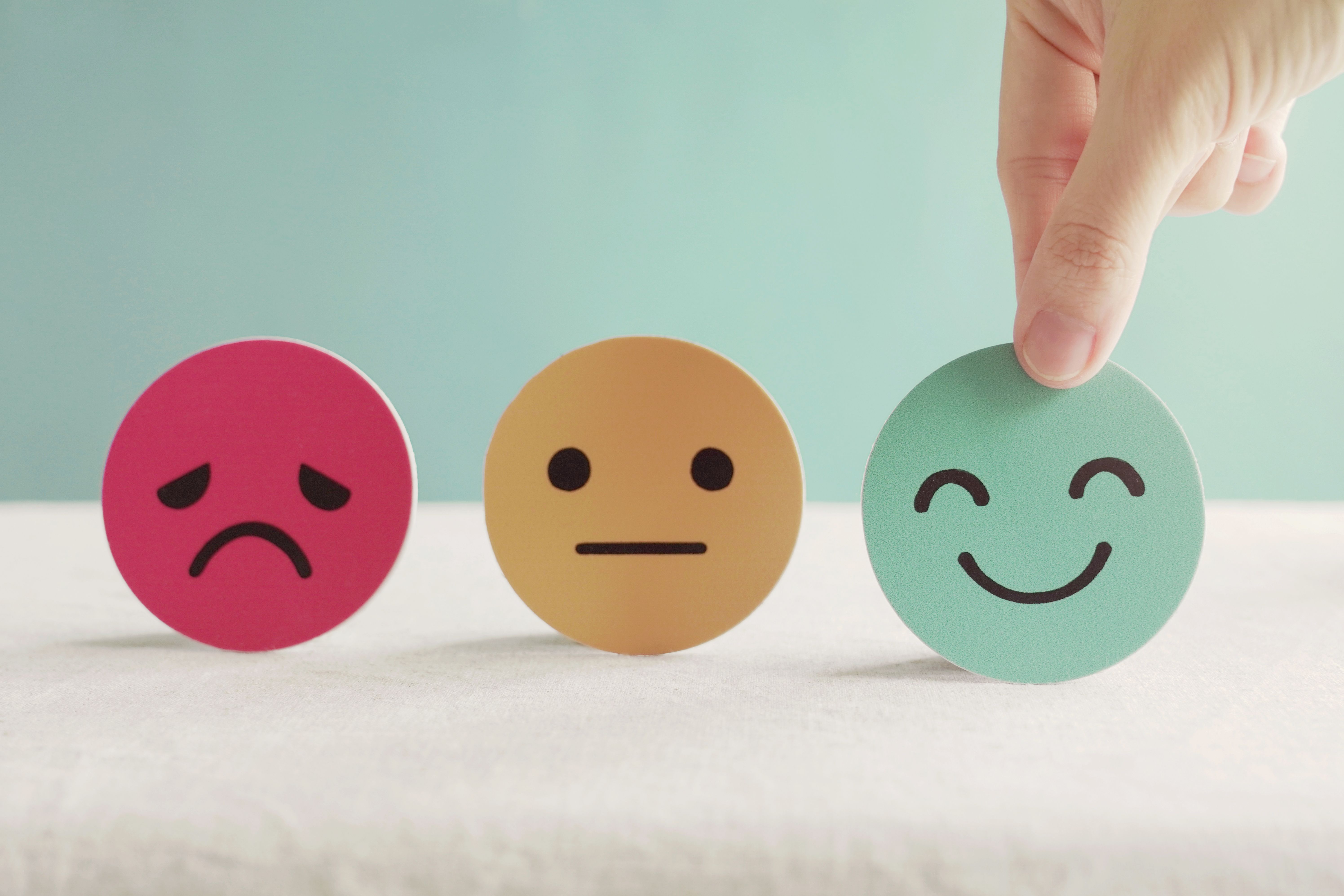Blog
Article
The Role of Emotion in a Cancer Diagnosis and Treatment
Author(s):
When deciding which treatment to receive for breast cancer, I realized negative emotions can affect the body more than I thought.
Through this experience with breast cancer, Sarah has learned that negative emotions don't lead to positive outcomes.

In August 2020, the oncological surgeon recommended removing my right breast and replacing it with a plastic reconstruction or implant. The breast had two ductal carcinoma in situs (DCIS) and lots of suspicious microcalcifications. I have the CHK2 gene mutation, am of Ashkenazi (Eastern European Jewish) heritage and am closely related to three living breast cancer survivors. One was my mom who was in remission for decades until she wasn’t.
I was overwhelmed by trying to wrap my mind around the diagnosis but learned that I also had to decide whether or not to have reconstructive surgery. I didn’t like the implant or flap options. I struggled because although no one said it out loud, I got the impression that choosing not to have reconstructive surgery was not the most popular choice.
However, I stuck to my guns. There was no way that a sensationless reconstruction could truly replace a part of my body that I loved. If I chose an implant, I’d have to deal with a foreign object embedded in my flesh and the real possibility of rejection. If I chose flap surgery, I’d have to accept the scars on several parts of my body. In either case, I’d be back for other surgeries to adjust the look of the created/new breast. I wanted this to be over.
The first oncological surgeon was self-important and impatient, expecting me to keep up with his demands. However, I was told repeatedly that I shouldn’t expect bedside manner from these brilliant surgeons who walk on water. I disagreed; finding a doctor who treated me with patience and respect was part of my healing.
The second opinion oncological surgeon agreed that I needed a mastectomy. My breast contained a total of 5 centimeters of suspicious, diffuse material which included 2 DCISs, microcalcifications and a papillary lesion. This concerning material was spread out through several quadrants making it multifocal. A lumpectomy would be “disfiguring,” the second surgeon said. Further, it would be underdiagnosing and undertreating me if she left this tissue in. More biopsies would probably not reveal conclusively what was going on the way surgery and post-surgical pathology could.
The breast would be processed (sectioned into a million different pieces) to be analyzed for pathology. I felt bad for “her.”
I learned from this experience that the amount of negative emotion I was feeling between 2020 and 2021, while not causing my cancer, certainly didn’t help. In 2020 I had a clean mammogram, and by 2021, after a year of taking stress, anxiety and anger into my gut, I had DCIS throughout the breast. The idea of not affording a negative emotion is real to me now.
I had my mastectomy on Dec. 9, 2021. I decided to do so without reconstruction. Family members had problems with implants. The Food and Drug Administration has found that breast implants have caused everything from pain and discomfort to a type of non-Hodgkin lymphoma. In order to function like breast tissue, these implants were not very durable. It’s a certainty that patients who have implants long-term will have surgeries to replace them. I didn’t want this in my future.
After surgery, I had a scar that looked like a broken railroad track or a crudely drawn timeline, and it occupied half my chest. There was no way to know beforehand what it would be like to have half a chest as flat as a girl’s. I chose a prosthesis.
The scar was both ugly and yet a sign of health. All cancer was removed, and it was not invasive. The surgeon achieved surgical margins. I didn’t need chemo or radiation. I could choose to take an aromatase inhibitor, but it was a choice. I was and am a very lucky woman.
Until the mastectomy, I never had a reason to feel abnormal in a physical way. I might have felt that I didn’t belong socially, but in a physical sense, I’ve always been “normal” — normal height, normal weight, etc. But the mastectomy made me asymmetrical and left a serious scar.
The fact is that we are all off in some way, by a fraction or by a lot. One leg may well be shorter than the other. One hand may be larger than its mate. Identical twins aren’t completely identical. Nature doesn’t do perfection. That is part of its beauty. I’ve been given a flaw to deal with.
What I learned on this journey is that a medical center can look and feel like a cross between a hotel and an airport to a patient as if they are being processed. However, there are good people within that giant machine if I can find them. And I must find them.
This post was written and submitted by Sarah Wersan. The article reflects the views of Wersan and not of CURE®. This is also not supposed to be intended as medical advice.
For more news on cancer updates, research and education, don’t forget to subscribe to CURE®’s newsletters here.




